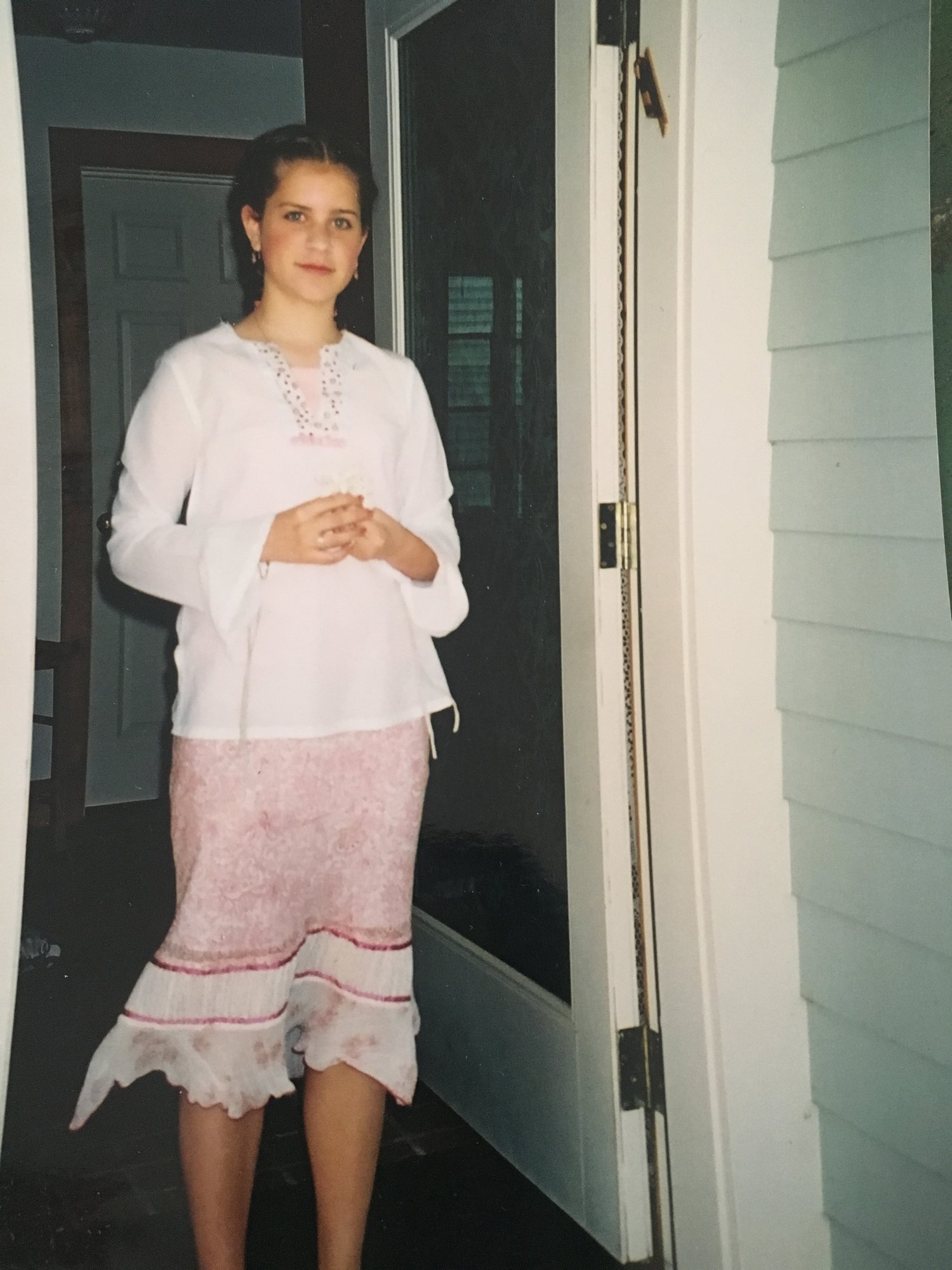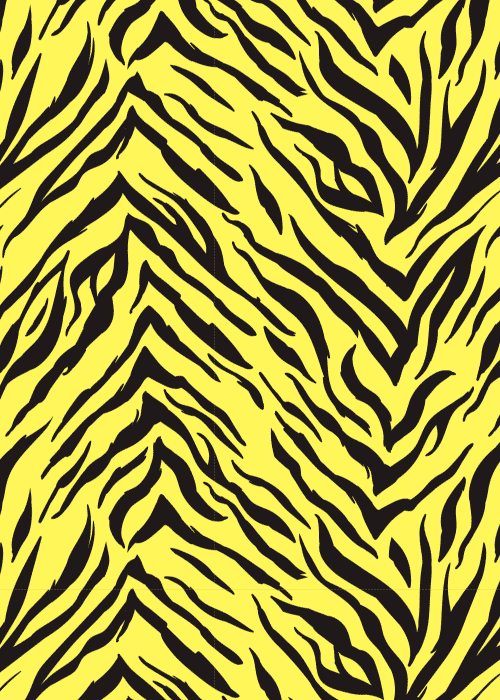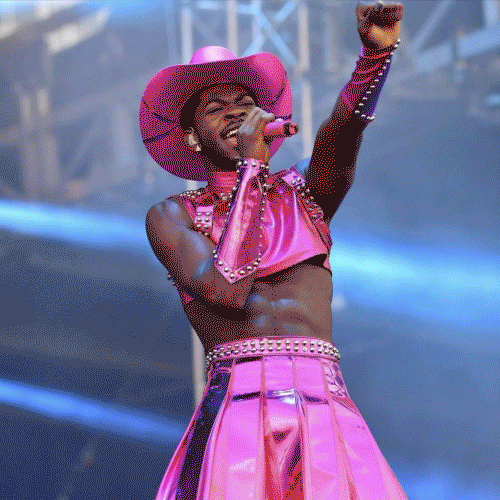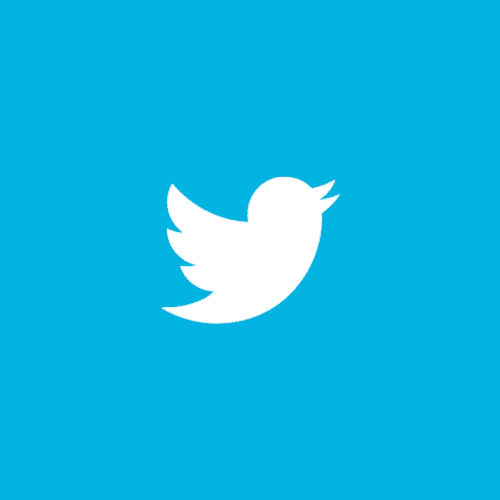Letting that Femme Flag Fly: Visibility in a New Queer World
RACHEL GARBUS AND FRIEND LETTING ALL KINDS OF FLAGS FLY IN THE FRENCH ALPS
My sixth-grade teacher, Ms. R., was a femme lesbian. I loved her. She wore airy linen dresses and espadrilles and I thought she was the most beautiful woman in the world. I used to wish my (very nice) parents would disappear so I could be adopted by her and her wife; she would give me hot chocolate and rub my back while I cried and then we would read books in bed together forever, just like Matilda did with Ms. Honey – who, looking back, may also have been a misunderstood femme lesbian.
It took me eight more years to come out of the closet, but Ms. R had a huge impact on how I constructed my identity. She was the first – and for a long time, the only – woman I could point to who looked the way I wanted to look and loved the way I was wired to love. She was a touchstone in the house I built to love myself.
My grandpa, Lou, shared my high opinion of Ms. R. I’ll never forget the day he found out she was gay; my mom was driving us to my flute lesson in the blue minivan. “She’s a lesbian?” he cried. My mom nodded, rolling her eyes at his shock. Crestfallen, Lou looked out the car window. “What a shame.”
She didn’t “look” gay, whatever the hell that means. Hers was the type of femininity that a binary world assigned only to straight women. Her gayness was boggling to my grandfather, who, I’m sure, thought of lesbians as women who couldn’t attract men. Now that I too am a femme lesbian who doesn’t “look gay,” straight men my age assert equally dumb things, confirming that ignorance is in fact hereditary.
But I have heard dumb things from my own community, too. Queer femininity can often feel like a thorny place between two worlds, where one fights for authenticity on both sides. “Where’s your boyfriend?” at a gay bar is the counterpart to “you’re too pretty to be gay” at a straight bar. I have been dismissed as an ally at a myriad of queer events; my future husband has been prophesized by nearly all of my girlfriends. Moving through the world as a queer woman who “looks straight” is a perennial exercise in dismantling assumptions.
There is enormous privilege here, let me be clear. Queer femme cis women (and here I speak of them, simply because I am of them and don’t feel entitled to speak for anyone else) enjoy all the safety of the mainstream world – a relative safety, given the constant threat of violence against women. But it is a safety that allows us to leave the house under a protective veneer of heteronormative presumption. There are many in our community who risk their lives to walk out the door looking like themselves: whatever the queer salute looks like, let’s all do one of those for their bravery. When I see people walking around who look queer, doing their proud queer thing, I can’t help but beam at them, rooting them on in their self-affirming beauty.
RACHEL GARBUS VALIANTLY ATTEMPTING FEMME PRESENTATION FOR HER BAT MITZVAH IN 2004.
“Queer magic is expansive; queer magic is exploding a tired binary and filling the between with an infinite riot of color.”
But then I look like a crazed straight lady aggressively grinning at queer people.
Sometimes I lay awake at night, haunted by the thought of all the kindly queer people I may have freaked out with my over-eager smiling.
My friend R, who is a carpenter and wears Carhartt for all the right reasons, tells me of this magical beautiful nod that sometimes takes place when two queer people pass each other on the street. Oh, to have a nod like that! My grin is supposed to be a nod, but it’s really just a grin, and I look crazy.
The idiosyncratic anxieties of the femme lesbian seem even more obscure in an era where such terminology seems quaint, if not obsolete. The butch/femme binary itself seems a tired anachronism, a throwback to a time before we danced all over the lines. In the beautifully inclusive community we’ve built today, it feels a bit fraught to plant oneself in butch or femme.
And yet some of us are planted here, and the earth feels right.
When I canvassed a bunch of my queer friends, it was clear that femme still rang true to many. And while a number of them shared similar feelings of invisibility, my femme friends seemed confident that femme identity had a home in an unboxed, non-binary queer community.
My friend M, who wrote her dissertation on the subject, put it eloquently: “I personally see my queerness as a way that my femininity is non-conforming...I see it as an opportunity to value what patriarchy devalues.”
R summed it up deliciously, in words I want to lick off a spoon: “I feel power in Femme that I do not feel in female or feminine. In Femme, I feel the witching transformative magic of glamour, the abundance of indulgence, the rebellion of debauchery, and the steeliness of intention.”
And my friend N noted that Judy Grahn’s beautiful book, Another Mother Tongue, helped her separate “butch/femme” from “male/female,” allowing her to construct both an identity and a sexual orientation that felt authentic.
The femmes are out there. Just last week I saw a woman with tags that said “queer” and “femme” woven through the laces of her Docs. I smiled too eagerly at her, and she was likely freaked out. Added one to the tally. Perhaps I need a set of those tags for my Chelsea boots.
The femmes are out there. And I do not think we are an anachronism. Queer magic is expansive; queer magic is exploding a tired binary and filling the between with an infinite riot of color. Queer magic is getting to keep the limits.
These days, among other jobs, I am a teacher. I lead a high school art program, and one of my students is out and proud, in a school where “that’s gay” still ricochets off the walls between classes. She likes to wear lipstick and has a little rainbow flag pinned to her backpack. She is a queer little light.
I didn’t have to come out at this job. I could have kept quiet, cloaked safely under my hetero-presumptive veneer. But when this student volunteered that she was queer, with such pure earnestness, I thought about Ms. R. I thought about how her life might have been less complicated had she hid behind her own hetero-presumptive veneer, and how grateful I was that she chose not to. I had been so nourished by her bravery. So I came out to my students. I can’t say whether it mattered to that student – but it feels good to live in the house I’d built to love myself.
So, femmes, if you’re out there, let that femme flag fly. And everyone else, wave yours too. You never know who you’re signaling out there in the big, big world. I see you, and I’m grinning, much too eagerly.
For more thoughts on femme visibility in the queer world, tune in to Rachel’s interview on Transition of Style, a Brooklyn-based podcast that explores the intersection of queer style and identity.
—
Rachel Garbus is a writer, performer, teacher, and who knows what all else in Brooklyn, NY, formerly of Atlanta. She does live comedy, writes essays, and is woefully inept with all plants. Follow her at @goodgraciousrachel.
Archive
- February 2025
- November 2024
- October 2024
- September 2024
- August 2024
- July 2024
- June 2024
- May 2024
- April 2024
- October 2023
- July 2023
- June 2023
- May 2023
- April 2023
- March 2023
- February 2023
- June 2022
- April 2022
- March 2022
- January 2022
- December 2021
- October 2021
- September 2021
- August 2021
- July 2021
- June 2021
- May 2021
- April 2021
- March 2021
- February 2021
- January 2021
- December 2020
- October 2020
- September 2020
- August 2020
- July 2020
- June 2020
- May 2020
- April 2020
- March 2020
- February 2020
- January 2020
- December 2019
- November 2019
- October 2019
- September 2019
- August 2019
- July 2019
- June 2019
- May 2019
- April 2019
- March 2019
- February 2019
- January 2019
- December 2018
- November 2018
- October 2018
- September 2018
- August 2018
- July 2018
- June 2018
- May 2018
- April 2018
- March 2018
- February 2018
- January 2018
- December 2017
- November 2017
- October 2017
- September 2017
- August 2017
- July 2017
- June 2017
- May 2017
- April 2017
- March 2017
- February 2017
- January 2017
- December 2015
- November 2015
- October 2015
- September 2015
- August 2015
- July 2015
- June 2015
- May 2015
- April 2015










